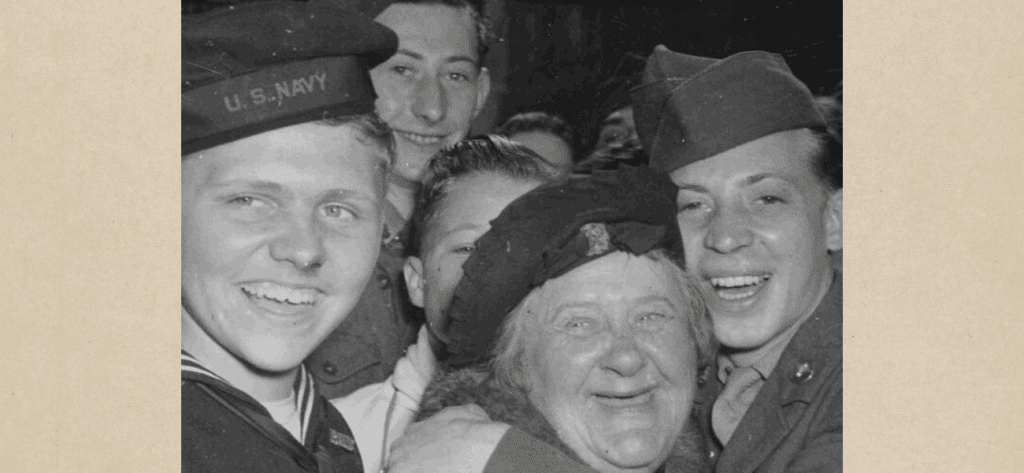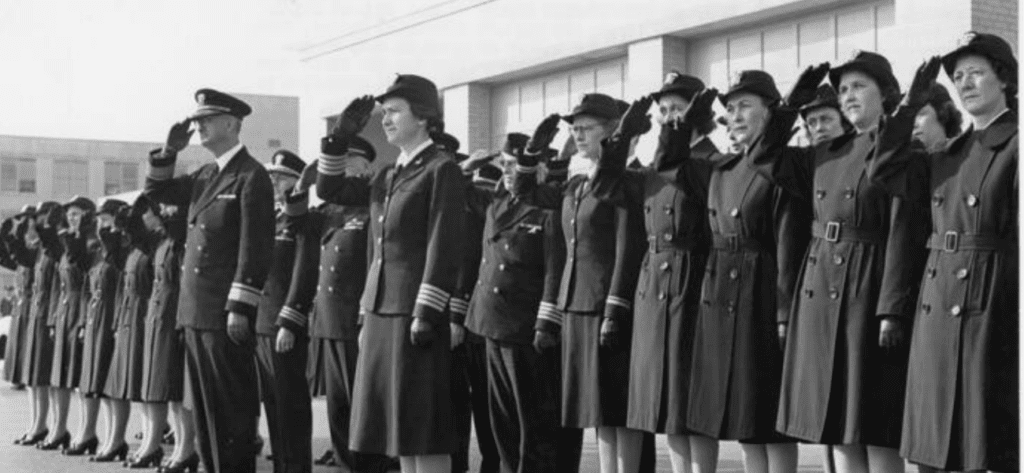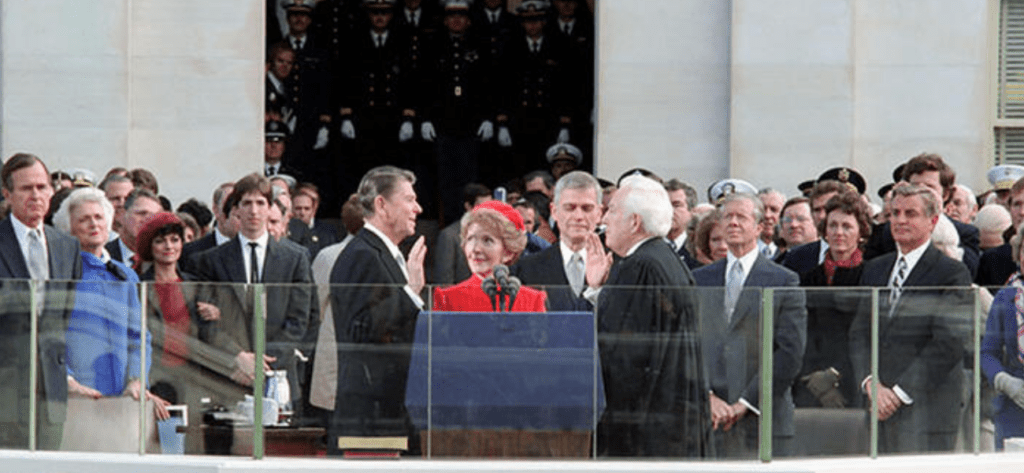Article III of the Constitution of the United States established the Supreme Court but left open to Congress the ability to create lower courts. During the first session of Congress in April 1789, just one day after the Senate had achieved a quorum, the first Senate went about addressing this and appointed a committee to draft S. 1, the first piece of legislation ever proposed in the upper house of Congress.
What became known as the Judiciary Act of 1789 established the multi-tiered federal court system we know today. In addition, it set the number of Supreme Court Justices at six and created the office of the Attorney General to argue on behalf of the United States in cases before the Supreme Court.
On September 24, 1789 the Judiciary Act was signed into law by President George Washington. That same day, he appointed the first Supreme Court Chief and Associate Justices and lower court judges.
Though there have been many adjustments and revisions to this initial law, the justice system we have in America today still follows the basic structure set up by this, the first bill ever introduced into the United States Senate.


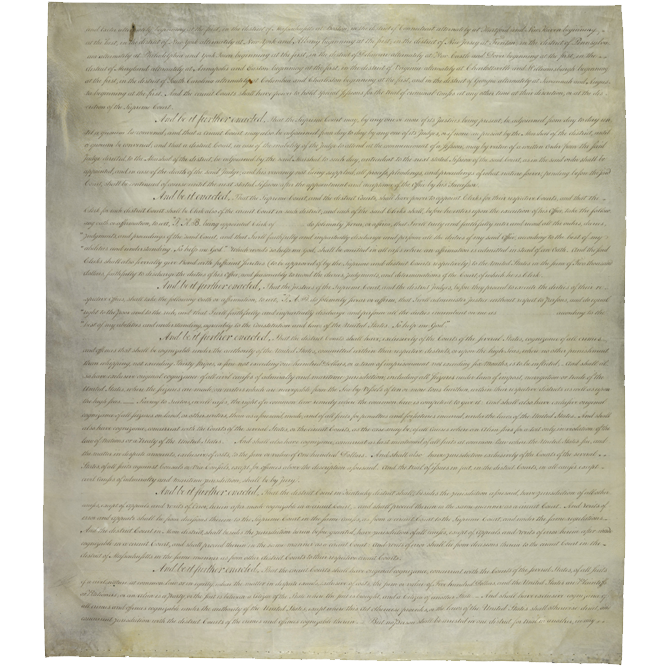
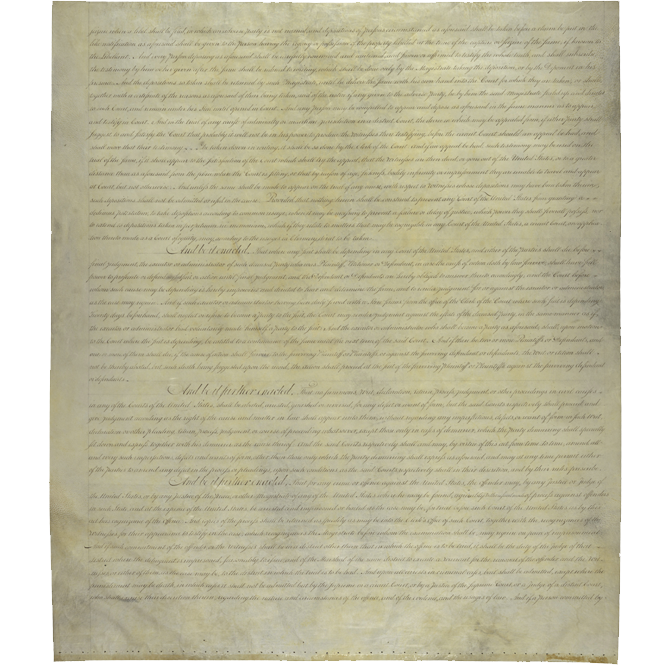



An Act to Establish the Federal Courts of the United States
National Archives, General Records of the United States Government

